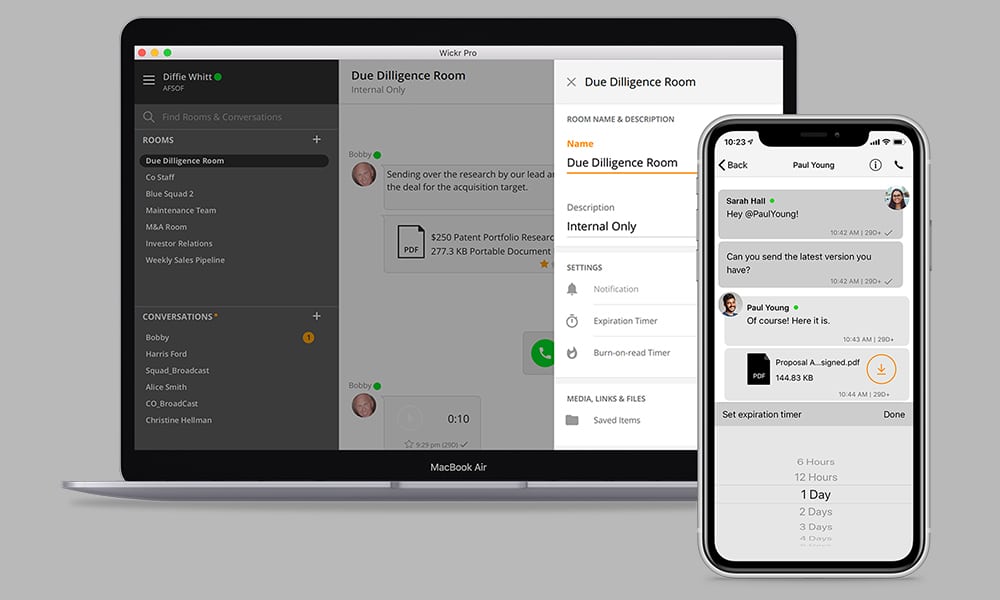


There is no sexual dimorphism in size noticed in hatchlings (Frynta et al., 2010). Varanus prasinus are born looking almost identical to their parents the only noticeable difference being size in the young compared with adults (Frynta et al., 2010). Similarly, Varanus macraei has dark scales with unique blue rings of color (Pianka and King, 2005). One of which is the Varanus beccarii which is similar in size and shape but is characterized by a dark black coloration. However, due to differences in coloration, scale shape, and some specific cranial morphologies (Quayle et al., 2015) new species of the same genus have been described. Historically, all of the monitor lizards in the area of Greenland, Australia and the islands of New Guinea were described as Varanus prasinus. Sometimes a darker dorsal coloration is seen as well (Greene, 1986).


prasinus are easily recognizable by their vibrant emerald coloration, although that can vary to a lighter yellow-green and even a turquoise color. Their long, slender fingers for grasping end in extraordinarily sharp claws that help them move, climb, and catch prey (Greene, 1986). The bottoms of their feet are covered in larger scales which aid the monitors in climbing and gaining traction while in trees. Additionally, they possess specialized feet for climbing. This adaptation is due to their arboreal lifestyle. One of the most important and most unique characteristic is an extremely long (typically around 1.75 times the snout-vent length) prehensile tail (Köhler and Wicker, 2017). Although Emerald monitors have not been specifically studied for sexual dimorphism, a study of the related Varanus indicus found monitor lizards to have perhaps the largest difference in size of males to females because of the longer growth period male varanids exhibit (Frynta et al., 2010). Males do tend to be slightly larger than females. The average size is approximately 800 mm in total, with an average snout-vent length of 290 mm and an average tail length of 510 mm, although the largest recorded Varanus prasinus individual was measured to be 1,140 mm in total (Pianka and King, 2005). Varanus prasinus is a medium sized monitor species and has some unique characteristics compared to some of the other members of the family Varanidae. ( "Diet and Arboreality in the Emerald Monitor, Varanus prasinus, with Comments on the Study of Adaptation", 1986 "Varanoid Lizards of the World", 2005 "Notes on the Husbandry and Breeding of the Black Tree Monitor Varanus (Euprepiosaurus) beccarii (Doria, 1874)", 2012) Individuals of this species obtain much of their water from the air around them, so they are found in humid, tropical environments (Fischer, 2012). Their habitat is heavily forested and these monitors are mostly found in the trees as that is where they find prey, escape predation, and also lay their eggs (Greene, 1986). Emerald tree monitors live up to their name and are commonly found in rain forests, mangroves, and cocoa plantations (Greene, 1986) because of their arboreal lifestyle. Varanus prasinus lives at low elevations (from sea level to 830 meters in tropical island habitats) (Planka and King, 2005). ( Köhler and Wicker, 2017 "Varanoid Lizards of the World", 2005) They are not known to migrate, but there have been unconfirmed sightings of these lizards in some other areas such as the Cape York Peninsula (Köhler and Wicker, 2017). Of related species, Varanus prasinus has the largest distribution, since it occupies the entire island of New Guinea as well as surrounding areas (Köhler and Wicker, 2017). Varanus prasinus, commonly known as the Emerald Tree monitor, is found in tropical lowland environments ranging from the Torres Strait to islands adjacent to New Guinea (Planka and King, 2005).


 0 kommentar(er)
0 kommentar(er)
